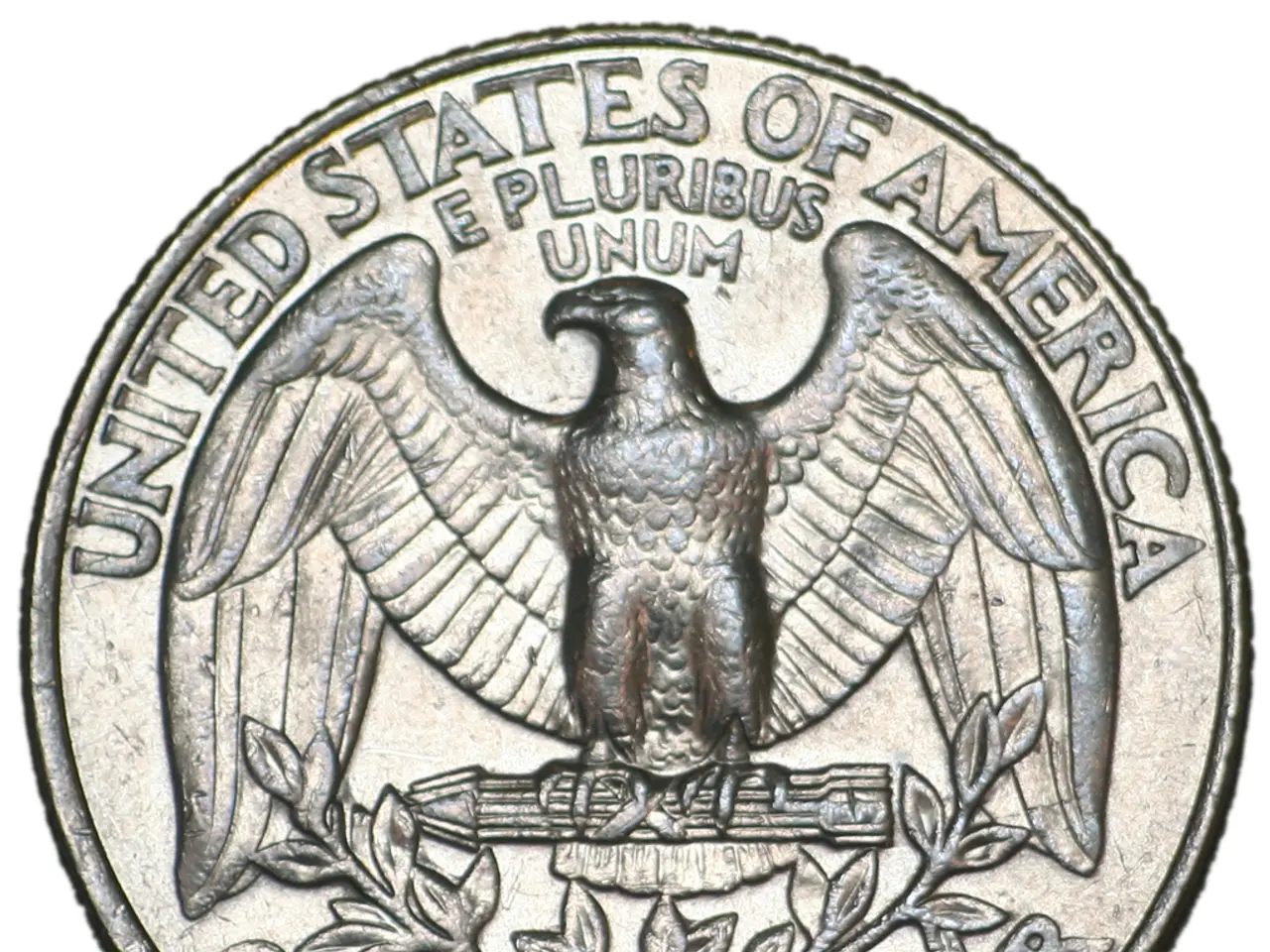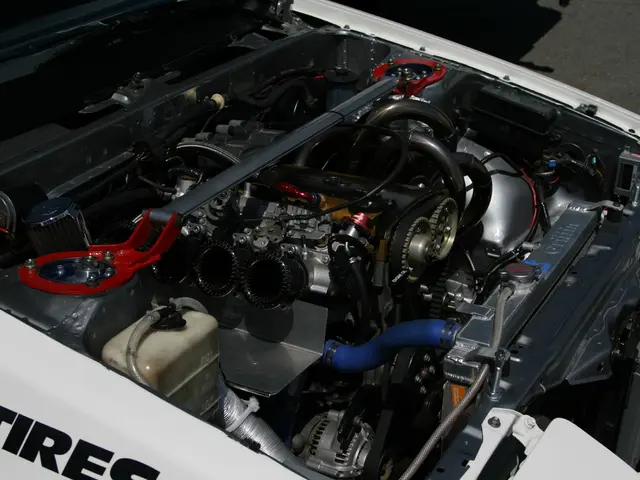Decrease in USDT's capitalization in response to MiCA regulations
The European Union's (EU) Markets in Crypto-Assets (MiCA) regulation, effective from December 30, is set to significantly impact the operations of large stablecoin issuers, such as Tether, in the region. The new regulations aim to bring these entities into a more regulated mainstream financial environment within the EU.
Uldis Teraudkalns, Director of Income at Paybis, believes that MiCA changes the EU's cryptocurrency landscape significantly. The regulation mandates stricter requirements for stablecoin issuers, including mandatory licensing, enhanced consumer protection, capital requirements, and increased supervision.
One of the key implications for Tether and similar issuers is the requirement for mandatory authorization and licensing. To operate legally in the EU, stablecoin issuers must obtain authorization under MiCA. Once licensed in one member state, they gain a "passport" to offer services across the entire EU, simplifying cross-border operations but imposing a high compliance bar.
Capital and safeguarding requirements also form a significant part of the new regulations. Issuers are required to maintain sufficient capital reserves and place clients’ funds in safeguarded accounts, often in partnership with regulated credit institutions. This move is designed to enhance the protection of users’ assets.
Consumer protection and transparency are also key aspects of MiCA. The regulation mandates clear disclosure of stablecoin features, risks, and operational policies. Issuers must provide transparent information to consumers and regulators, fostering trust and accountability.
Risk management and oversight are equally important. Authorities can withdraw authorization if an issuer’s activity poses serious risks to market integrity, financial stability, or payment system operations. Large stablecoin issuers face close scrutiny to prevent systemic risks.
MiCA also incorporates the EU's Anti-Money Laundering (AML) and Combating Terrorist Financing (CFT) framework. Issuers and crypto-asset service providers (CASPs) are required to conduct due diligence, report suspicious transactions, retain records, and comply with the "travel rule" for transactions. This strengthens controls against illicit activities.
The harmonized regulatory framework created by MiCA reduces fragmentation and regulatory arbitrage but demands conformity with uniform, rigorous standards. This could increase operational costs and complexity for major stablecoin issuers.
Teraudkalns highlights that MiCA offers advantages like improved investor protection and reduced fraud risks. However, he also notes that the increased costs could lead to industry consolidation and reduced competition. Compliance costs may drive some companies out of the market, regardless of size.
Smaller stablecoin issuers must keep 30% of reserves in low-risk commercial banks within the EU, while giants like Tether must hold 60% or more. Jurisdictions near the EU, such as the UK and Switzerland, could potentially benefit depending on their regulatory approaches.
Tether, with substantial cash reserves and diversified income, is projected to earn around $10 billion in profit this year. However, the market capitalization of Tether's USDT has decreased from over $141 billion mid-month to approximately $137.5 billion.
Some European crypto exchanges have delisted USDT and five other stablecoins due to regulatory uncertainty. Binance and Crypto.com, on the other hand, have chosen to maintain support for these assets, awaiting further clarification on MiCA's requirements.
In August, Tether CEO Paolo Ardoino criticized MiCA, labeling it a "systemic risk" for stablecoins and the banking system. However, in December, Ardoino supported the view that MiCA is an "enormous gift" for traditional financial institutions.
Agne Linge of WeFi commented that complying with MiCA's demands could be economically challenging for large stablecoin issuers like Tether. The new regulations set stringent requirements for stablecoin issuers, including licensing, reserve norms, and liquidity.
In conclusion, MiCA seeks to ensure that large stablecoin issuers operate with greater oversight, transparency, and financial resilience in the EU market. The regulation may also influence global stablecoin practices given the EU’s large market and regulatory influence.
Read also:
- AI Inspection Company, Zeitview, Secures $60 Million Funding for Expansion
- Future of Payments: If the U.S. regulates stablecoins through the GENIUS Act, according to Matt Hougan
- High-Performance McLaren Automobile: McLaren Speedtail
- The new design chief at General Motors predicts that autonomous vehicles will significantly alter the appearance of cars.








